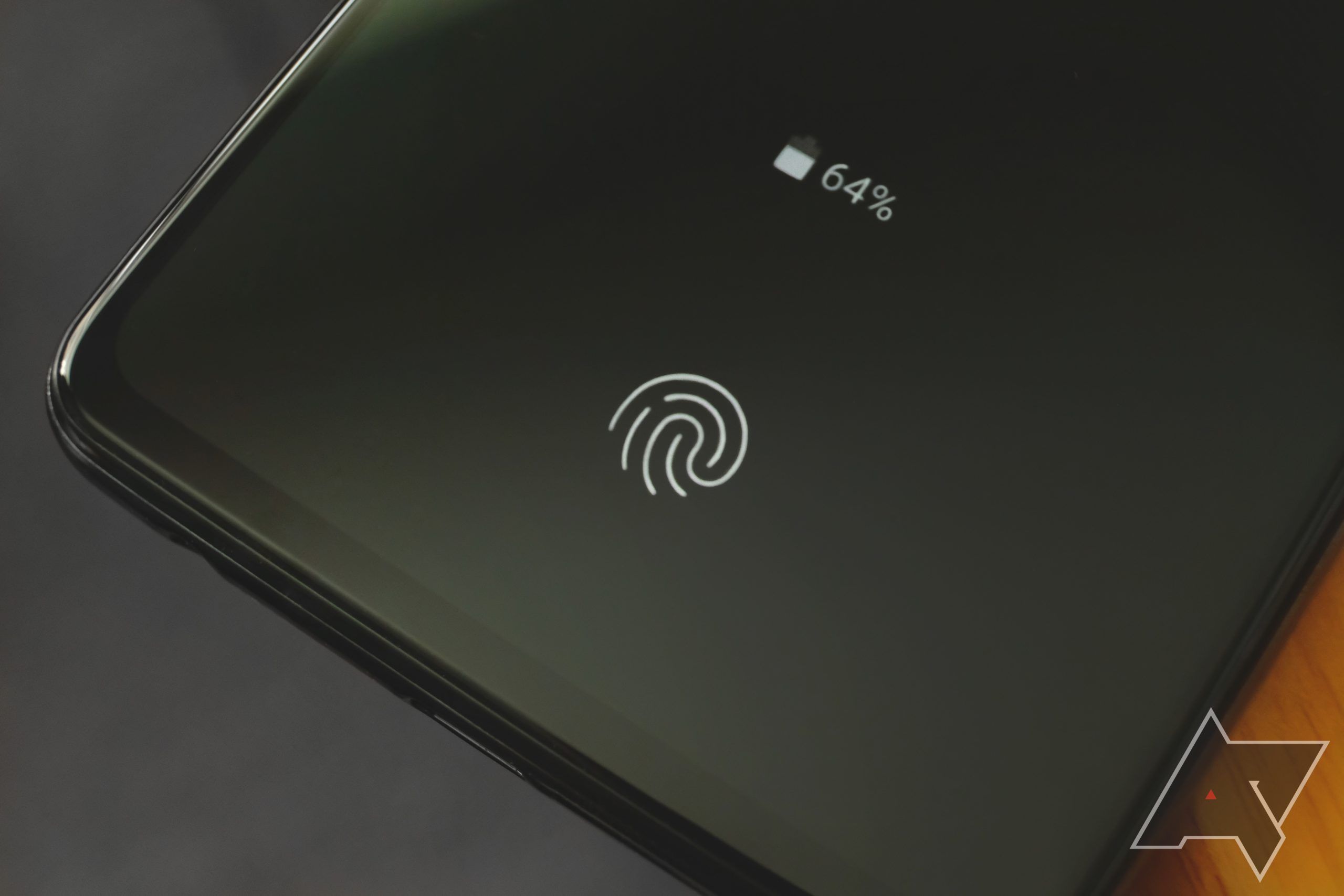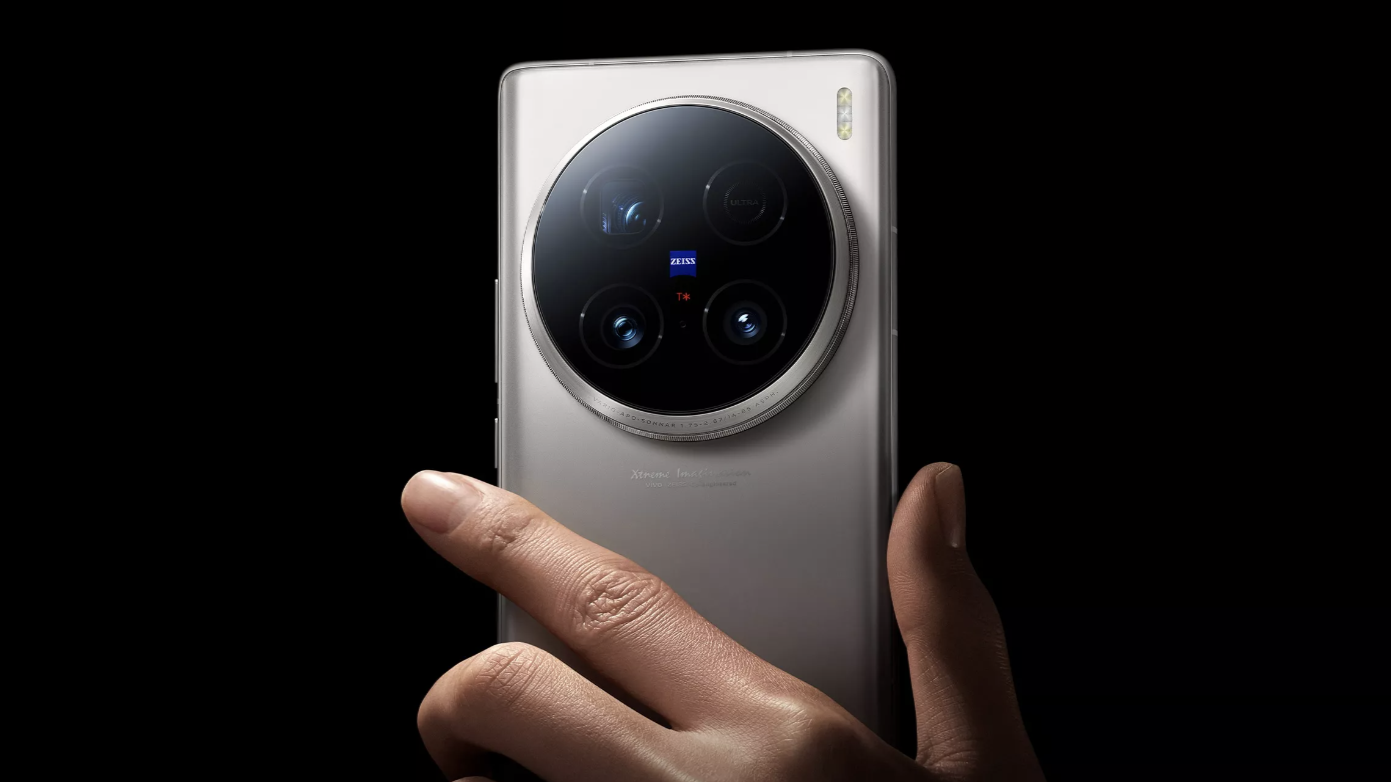Tech
More Android phones are about to get this huge fingerprint scanner upgrade

Summary
- Ultrasonic fingerprint scanners are the latest and most advanced, offering accurate scans even with dirty or wet fingers.
- Goodix’s collaboration with Vivo marks a milestone in the widespread adoption of ultrasonic fingerprint technology, with Qualcomm previously being the only company to mass produce this type of sensor.
- Price and scalability will determine the success of ultrasonic sensors, with Goodix positioned to deliver on its promise.
Phone fingerprint scanners come in all shapes and sizes. The technology, which allows us to seamlessly authenticate and unlock our devices, can be placed inside a device’s display, or as a physical button on the outside. Primarily, devices use one of three types of fingerprint scanners, set apart by their cost and accuracy. These are optical fingerprint scanners, capacitive fingerprint scanners, and ultrasonic fingerprint scanners.
How do fingerprint sensors work?
From sci-fi movies to everyday life, fingerprint scanners are everywhere
Optical scanners are the oldest of the bunch. They capture your fingerprint by snapping a photo and converting this image into a digital format for authentication. However, the drawbacks of these sensors include inaccurate readings when fingers are wet or dirty, alongside spoofing concerns. Capacitive sensors, on the other hand, are small and compact, and less prone to spoofing. Capacitive sensors also, however, are susceptible to poor readings depending on your fingers’ condition.
Ultrasonic fingerprint scanners are the latest of the three and are generally more expensive than their counterparts. These can fit under a device’s display, and emit ultrasonic pulses to the finger that bounce back into the sensor. The sensor maps the pulses into a 3D image and compares it to the saved fingerprint, resulting in a failed or successful handshake. An added benefit is that the ultrasonic pulses the sensor emits can penetrate surface contaminants like dirt, oil, and moisture, allowing accurate scans no matter what.
So far, the only company to manufacture ultrasonic under-display fingerprint scanners with scale is Qualcomm, but these only make their way to flagship devices because of their high cost, as indicated by Mishaal Rahman.
Now, Goodix, a provider of fingerprint sensors has unveiled its first “Ultrasonic Fingerprint Solution” on a Vivo phone in an attempt to “foster widespread adoption” of the technology.
Debuting on the Vivo X100 Ultra
“In collaboration with Vivo, the solution achieves its first large-scale commercialization, marking a significant milestone in the widespread adoption of ultrasonic fingerprint technology,” wrote Goodix in a blog post. With the release, the manufacturer says that it aims to advance the global adoption of ultrasonic fingerprint scanners by enhancing its production reliability and efficiency, optimizing its supply chain, and consequently, reducing the cost of these sensors.
Additionally, Goodix indicates that its ultrasonic fingerprint sensors feature a low-voltage driving system, paired with a simple hardware design, which should make it easy for phone manufacturers to integrate it into their devices.
Considering that Goodix’s optical under-display fingerprint scanners are used widely across the industry, it’ll be interesting to see if it can achieve a similar level of market-wide success with its ultrasonic sensors. In the end, it will all come down to price and scalability, and Goodix seems to be in a good position to deliver on its promise.
Elsewhere, the Vivo device that adorns Goodix’s new sensor is the Vivo X100 Ultra, which also happens to be the world’s first phone with a 200MP periscopic telephoto camera. Read more about it below.

Samsung Galaxy S24 Ultra’s camera hardware is beaten — this time by Vivo
The world’s first 200MP telephoto lens is here










